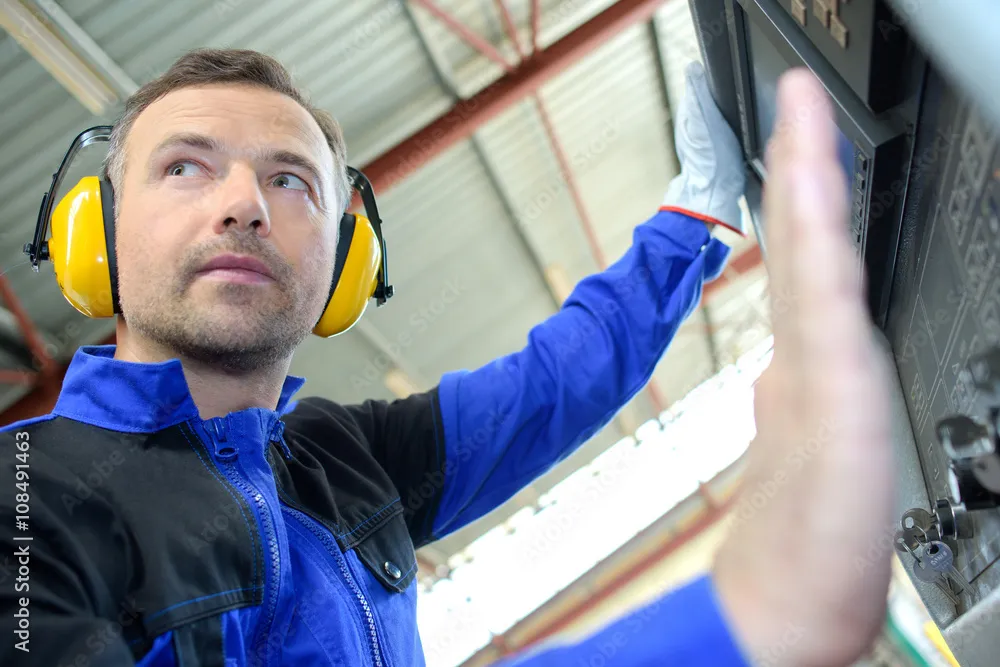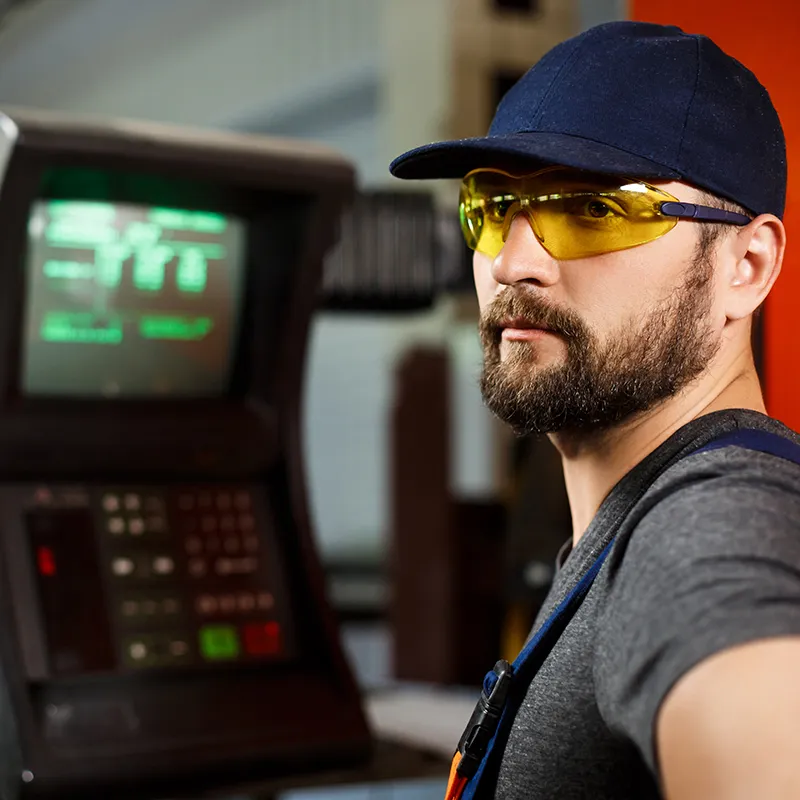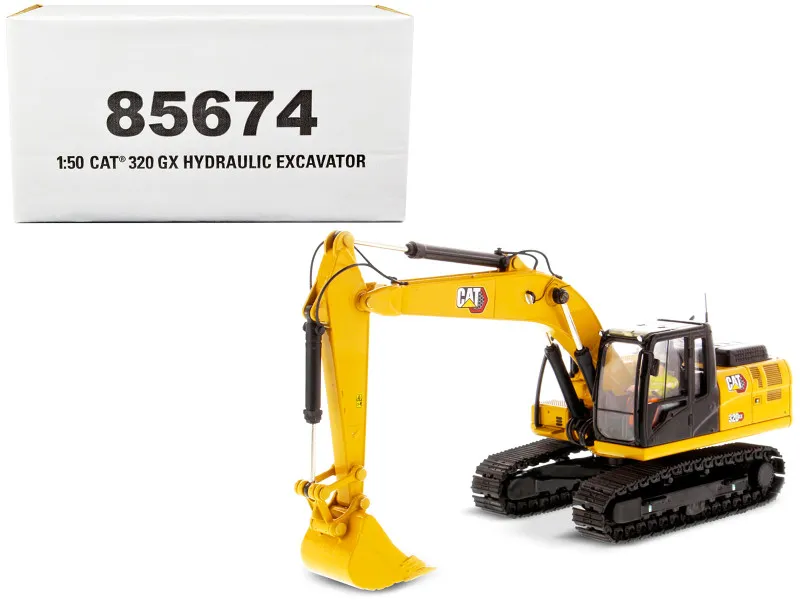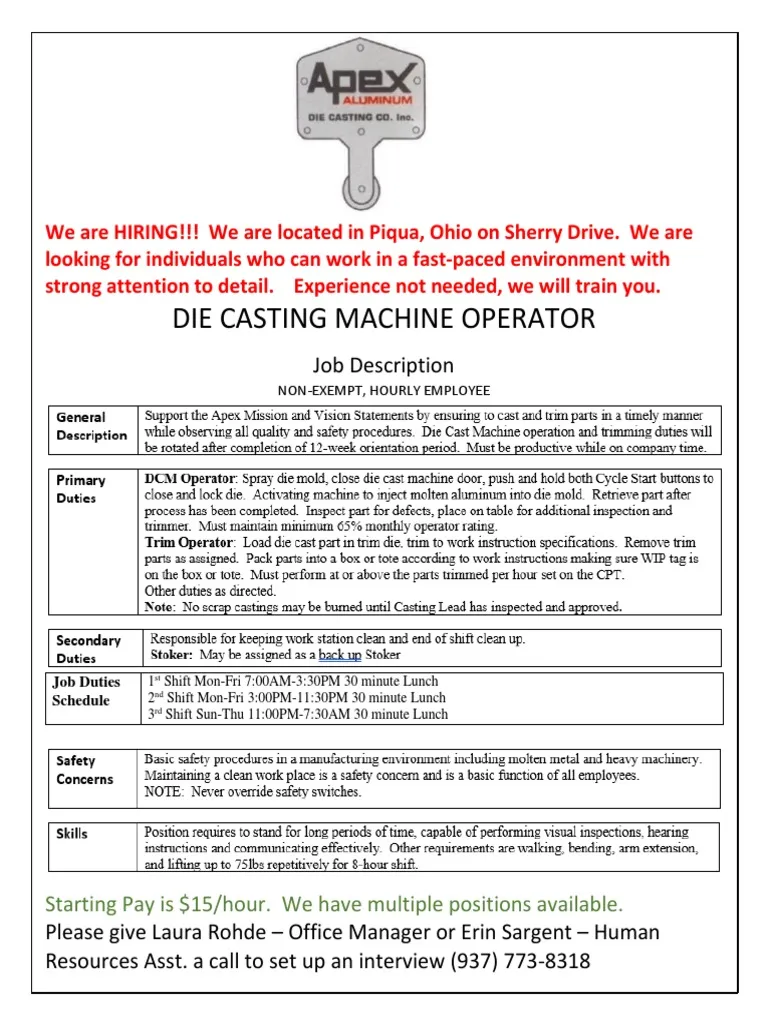What is a Diecast Car
Diecast cars are miniature automobiles manufactured using a die-casting process, where molten metal is injected into molds to create detailed replicas of real-life vehicles. These models are celebrated by enthusiasts of all ages, serving as both toys and highly sought-after collectibles. The term “diecast” refers to the method of production, using dies or molds to shape the metal. These vehicles often feature intricate details and realistic designs, making them visually appealing and valuable to collectors and hobbyists. Diecast cars offer a tangible connection to the world of automobiles, allowing individuals to own and admire miniature versions of iconic cars, trucks, and other vehicles. The appeal lies in their ability to capture the essence of real cars in a compact and affordable form, fostering a deep appreciation for automotive design and history. They are also a way to engage with the automotive world without the costs of owning the full-sized counterparts.
The History of Diecast Cars
The history of diecast cars stretches back to the early 20th century, with the first models emerging in the United Kingdom. Initially, these models were simple toys, primarily made from lead and tin. During World War II, the use of lead was restricted, leading to the widespread adoption of zinc alloys for diecasting. This shift improved the durability and detail of the models. The post-war era saw a boom in the popularity of diecast cars as their quality and realism increased. Brands like Dinky Toys and Corgi Toys became household names, producing a wide range of vehicles from cars to trucks and buses. The evolution of manufacturing techniques, including advances in mold design and materials, significantly improved the level of detail and realism. These advances allowed for the creation of more accurate replicas, attracting collectors who valued the models for their fidelity to the real vehicles.
The Evolution of Diecast Cars

The evolution of diecast cars showcases the advancement of manufacturing techniques and the changing tastes of collectors. Early models were relatively crude, but as technology developed, so did the quality and detail. The introduction of plastic components and more sophisticated paint processes enhanced the models’ realism. The introduction of new materials and techniques, such as tampo printing for fine details, further improved the visual appeal. As time passed, diecast cars evolved from simple toys into highly detailed collectibles, with manufacturers focusing on accuracy and realism. This shift was driven by the increasing sophistication of collectors and the desire for models that accurately replicated the design and features of real vehicles. Modern diecast cars often include detailed interiors, opening doors, and realistic engine compartments, mirroring the advancements in the automotive industry. Today, diecast cars are manufactured across the globe, with various scales and levels of detail catering to a diverse collector base.
Different Types of Diecast Cars
Diecast cars come in various types, each appealing to different collectors and enthusiasts. These types are often defined by their scale, the materials used, and the level of detail. Different types offer diverse collecting experiences, from affordable toy-like models to high-end replicas prized for their accuracy. The variety ensures there is something for everyone, catering to specific interests and budgets. Collectors can specialize in particular types based on their favorite vehicles, brands, or scales, creating diverse and personalized collections. The market includes everything from classic cars and trucks to modern sports cars and race cars, ensuring a broad range of choices. This diversity enables collectors to curate focused collections or build comprehensive displays representing different aspects of automotive history and culture.
Scale and Size
The scale of a diecast car refers to its size relative to the real-life vehicle, indicated by a ratio. Popular scales include 1:18, 1:24, 1:43, and 1:64. Larger scales, like 1:18, offer greater detail but require more space. Smaller scales, like 1:64, are more affordable and easier to display in large numbers. Each scale provides a unique perspective on the vehicles, influencing the level of detail and the overall collecting experience. Choosing a scale often depends on individual preferences, available display space, and budget. Some collectors focus on a specific scale, while others collect across multiple scales to enjoy a wider variety of models. Scale is a crucial factor in determining the visual appeal and the value of a diecast car, especially regarding accuracy and realism.
Materials Used in Diecast Cars

The materials used in diecast cars significantly impact their appearance, durability, and value. The primary material is typically a metal alloy, often zinc or aluminum, cast into molds to form the main body. This metal diecast process provides durability and allows for intricate detailing. Other materials include plastic for interior components, tires, and sometimes the chassis. The combination of these materials determines the overall look and feel of the model. High-quality models often use more premium materials and include detailed plastic parts for interiors and other fine details. The use of specific materials also affects the weight and the overall perceived value of the car. The choice of materials is a balance between cost, detail, and durability, ensuring that manufacturers can produce attractive and long-lasting models.
Metal Diecast Cars
Metal diecast cars are primarily made from metal alloys, typically zinc or aluminum, which provide the bulk and structure. These metals are injected into molds under high pressure to create the vehicle bodies and often some of the chassis components. The metal casting process enables manufacturers to capture fine details and achieve a high level of realism. Metal diecast models are known for their durability and weight, giving them a substantial feel. They also offer a premium aesthetic due to the finish, which can range from polished to matte. Metal is an excellent choice for replicating the look and feel of a real car, making the models more appealing to collectors. Metal diecast cars are often considered more valuable because of the materials and the production complexity involved.
Plastic Diecast Cars
Plastic diecast cars incorporate plastic components extensively. Plastic is used for various parts, including interior details, wheels, and sometimes the chassis. Plastic components help reduce production costs and allow for greater design flexibility. Plastic offers a wider range of colors and textures, which can enhance the overall visual appeal of the models. While less durable than metal, plastic parts enable manufacturers to achieve intricate designs and fine details. The use of plastic parts allows for a more comprehensive array of model designs, offering manufacturers the ability to create innovative features at a lower cost. Plastic diecast cars can include functional features like opening doors, hoods, and trunks. Plastic diecast models provide a cost-effective option for those who desire detailed replicas.
Resin Diecast Cars

Resin diecast cars are made from resin, a synthetic material that allows for exceptional detail and accuracy. Resin is often used for high-end models or limited-edition replicas. The resin casting process can capture intricate details that are difficult to achieve with metal or plastic. Resin models tend to be more delicate but offer a high level of realism, particularly in the finish and detailing. The use of resin makes it possible to create complex shapes and designs, leading to increased collector value. While resin models may be more expensive than their metal or plastic counterparts, they are highly prized by collectors who appreciate the exceptional levels of detail and accuracy that they offer.
Factors to Consider When Choosing Diecast Cars
When selecting diecast cars, consider factors such as authenticity, collectibility, and value. These criteria ensure that each model aligns with your interests and investment goals. The choices can greatly enhance the collecting experience, offering a balance of satisfaction and potential appreciation. Assessing these aspects beforehand can guide choices and prevent future buyer’s remorse, making each purchase more enjoyable. Whether you are a beginner or an experienced collector, these factors play a crucial role.
Authenticity and Details
Authenticity refers to how accurately a diecast car represents its real-life counterpart. Look for models with detailed interiors, accurate paint colors, and realistic features. Features like opening doors, hoods, and trunks add to the authenticity. Examine the details, such as engine components, dashboard layouts, and badging, which reflect the craftsmanship. Accurate details enhance the collectibility and value of the models. High-quality models provide a more immersive experience, making them highly sought after by serious collectors. Assessing the level of detail helps you determine how closely the model matches the original vehicle. Consider checking online reviews and comparing the model with photographs of the real car to ensure accuracy.
Rarity and Collectibility

Rarity and collectibility often go hand in hand. Limited-edition models, those with unique features, or those produced in small numbers are generally more valuable. Research the production numbers and history of the model to assess its rarity. Collectibility is also influenced by brand reputation and the appeal of the vehicle model. Models that are highly sought after are more likely to increase in value over time. The combination of rarity and high demand significantly impacts a model’s long-term potential. When deciding on a purchase, evaluate its collectibility by considering its historical significance and potential for appreciation.
Price and Value
Price and value play a significant role in choosing diecast cars. Consider the cost relative to the model’s features, detail, and rarity. Research the current market prices for the model and any similar models. Evaluate the investment potential, as some models increase in value over time. Determine whether the price reflects the quality and the overall value for money. While some collectors focus on affordability, others are willing to pay more for high-quality and limited-edition models. Price should align with your budget and collecting goals. Always check market prices before making a purchase to ensure you are getting a fair deal. Consider the condition of the model, as this affects its value.
Top Brands of Diecast Cars
Several brands are known for producing high-quality diecast cars. These brands are recognized for their accuracy, detail, and collectibility. Choosing models from these brands can ensure that your collection meets your expectations for quality and value. The selection provides collectors with a variety of styles, scales, and types, appealing to various enthusiasts. These top brands are synonymous with excellence, and often they are a testament to the evolving standards of diecast manufacturing. The brands listed below are renowned for their quality and attention to detail, enhancing their appeal to collectors.
Hot Wheels

Hot Wheels is one of the most recognizable names in the diecast car market. They are known for their colorful designs, affordable prices, and variety of models. Hot Wheels are popular with collectors of all ages, with a large selection of cars and themes. The cars are generally produced in 1:64 scale, making them ideal for collecting and trading. They often feature unique and imaginative designs, making them distinct from other diecast brands. Their affordability and broad appeal have made them a staple in the diecast hobby.
Matchbox
Matchbox is another iconic brand with a rich history. Matchbox cars are known for their realistic designs and quality construction. Their models range from everyday vehicles to emergency services and construction vehicles, offering a wide range of options. The emphasis on accuracy and durability makes them popular with both children and collectors. The variety and detailed designs of Matchbox cars make them a favourite in the diecast world. The compact size and the range of vehicles make them attractive to collectors of all ages.
Greenlight Collectibles
Greenlight Collectibles focuses on producing highly detailed and authentic diecast cars. They offer a wide range of vehicles, including movie cars, classic cars, and modern vehicles. Known for their intricate details and accurate designs, Greenlight models are highly sought after by collectors. Their licenses with popular franchises like Hollywood make their models even more desirable. Greenlight models offer collectors exceptional attention to detail, allowing them to create collections that showcase the iconic vehicles of film and automotive history.
Minichamps

Minichamps is a premium brand known for its high-quality diecast models. The models feature superior detailing and accuracy, making them favorites among serious collectors. They focus on a range of vehicles, including race cars, classic cars, and modern sports cars. Minichamps offers a wide range of detail and precision. The attention to detail in Minichamps models contributes to their collectibility and value. For collectors wanting superior realism, Minichamps remains a top choice.
Autoart
Autoart is another brand known for its high-quality diecast cars. They produce detailed and realistic models with features such as opening doors, hoods, and trunks. They offer a wide array of vehicles, from classic cars to modern supercars. Autoart models are popular with collectors who prioritize accuracy and realism. Their craftsmanship and attention to detail set them apart. They are popular with collectors and car enthusiasts who value precision and authentic reproduction of real-world vehicles.
Tips for Collecting Diecast Cars
Collecting diecast cars can be a rewarding hobby. Understanding the best practices can significantly enhance your collecting experience. Proper storage and display techniques are important to preserve the value and condition of your models. Maintaining your collection properly ensures the longevity and enjoyment of your collection. Following these tips can help beginners and experienced collectors.
Storage and Display
Proper storage and display are essential for preserving the condition of your diecast cars. Keep your models away from direct sunlight, heat, and humidity. Use display cases or shelves to protect your collection from dust and accidental damage. Store the models in a cool, dry place. Consider using clear display cases to showcase your collection while keeping it safe. Organizing your collection by brand, scale, or type can enhance its visual appeal. Proper storage and display not only protects your models but also helps you enjoy your collection.
Care and Maintenance
Regular care and maintenance help to keep your diecast cars in excellent condition. Dust your models regularly using a soft brush or cloth. Avoid using harsh cleaning products, which can damage the paint or detailing. Gently clean any dirt or fingerprints using a mild soap solution. Handle your models with care, particularly those with delicate parts. Inspect your collection periodically for any signs of wear and tear. Proper care and maintenance ensure that your models retain their value and continue to bring you joy.
Where to Buy Diecast Cars
Diecast cars can be found in various places, each offering unique advantages for collectors. Knowing where to find these models helps expand your collection. Each channel offers a different range of models, prices, and collector experiences. Exploring these options will help you find the vehicles you want and discover new possibilities for collecting. Consider these options, whether a beginner or a seasoned collector, to enhance the acquisition process.
Online Marketplaces
Online marketplaces offer a vast selection of diecast cars from various sellers. Platforms like eBay and Amazon provide a wide variety of models, from common to rare. Online marketplaces let you compare prices from different sellers and read reviews. Before making a purchase, always check the seller’s feedback and examine the product photos carefully. Online marketplaces offer the convenience of shopping from home and the chance to find exclusive models. These platforms are great resources for collectors seeking to expand their collections.
Specialty Shops
Specialty shops and hobby stores are great for finding high-quality diecast cars and gaining expert advice. These stores typically carry a curated selection of models, often including limited editions and rare finds. They often host car club meetings and community events. Specialty shops also offer personalized service and knowledgeable staff. This can give collectors insights and help to find rare or hard-to-find models. These shops are excellent resources for collectors of all levels.
Diecast Car Shows and Events
Diecast car shows and events offer great opportunities to buy, sell, and trade models. These events bring together collectors from all over, providing a vibrant community. You can often find rare and hard-to-find models. Attending these events lets you meet fellow enthusiasts and expand your network. Diecast car shows are great places to connect with like-minded individuals. They also present opportunities to find unique models and enhance your collection.
The Future of Diecast Cars
The future of diecast cars looks promising, with continued innovation and growing collector interest. Technological advances will likely lead to increased detail and realism. Manufacturers are beginning to incorporate new materials and production techniques. The diecast hobby will continue to grow, attracting new enthusiasts. The collecting scene promises continued excitement. With the blend of traditional craftsmanship and modern technologies, diecast cars are poised to stay relevant for generations.
